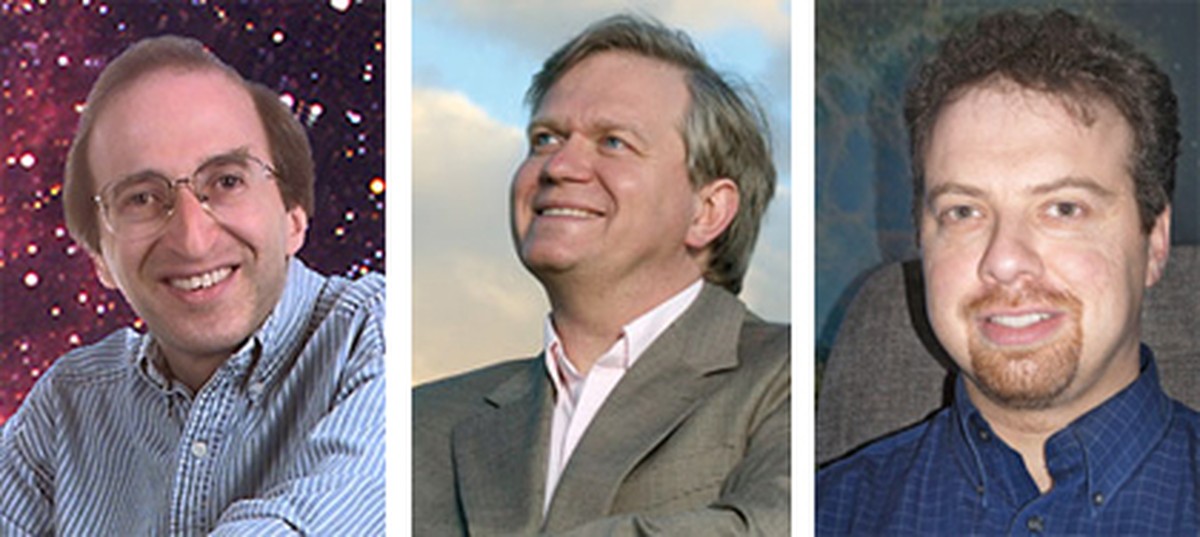Distance Supernovae at the Nobel Prize in Physics

The universe expands because Big Bang emerged in the explosion. But if it were a mere consequence of an explosion, that expansion would slow down over time. This year's Nobel Prize in Physics, however, discovered the opposite, that the expansion of the universe is getting faster. No one knows what drives or strengthens that expansion, but the mere discovery of acceleration deserves a Nobel Prize in Physics.
Perlmutter, Schmidt, Riess and other astronomers were surprised to find acceleration. The result was two-way, as the winners were competitors. The first to find acceleration was Perlmutter in the Supernova Cosmology Project, and was later discovered by Schmidt and Riess in the High-z Supernova project, which will receive half the prize and the other half will be distributed by Schmidt and Riess.
Both teams used the same system: they used distant supernovae to discover the limits of the universe. These are large stellar explosions that can be calculated depending on the luminosity they emit. This method was developed by astronomer Henrietta Leavitt in the 1920s with stars that do not break in their origin, but the stars of the frontier of the universe are not seen. They are too far away. Therefore, we must study the most remote explosions of the stars. The opportunity came in the 1990s, during this year's award-winning research, when there were powerful telescopes and accessible CCD image sensor systems.
However, any supernova does not serve to study the limits of the universe. Perlmutter, Schmidt and Riess studied type 1a supernovae, white dwarf explosions. And the result, the acceleration of the expansion of the universe, was initially considered as a calculation error. Riess, for example, thought of the calculations that "people like Ni do not make great discoveries". But that is not true, there were no errors in calculations. In addition, numerous supernovae were observed. And the fact that both groups achieve the same result is true: the universe expands faster and faster.
The next conclusion is that the future of the universe is cold, since the basic physical phenomenon is that everything that expands is cold. If the expansion accelerates, moreover, it has no turning back. Some experts say that the universe will die cold, at least with the meaning of temperature on this macroscopic scale.
In any case, there is no doubt that the expansion is accelerating, which leaves a question to astronomers: What accelerates expansion? There is no answer, although the culprit has a name: dark energy. Precisely, one of the main challenges of today's astronomy is to clarify what that dark energy is. According to all the hypotheses, those who clarify will also receive at some point the Nobel Prize in Physics.
Buletina
Bidali zure helbide elektronikoa eta jaso asteroko buletina zure sarrera-ontzian











